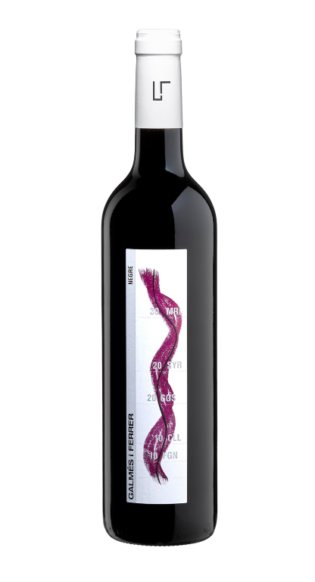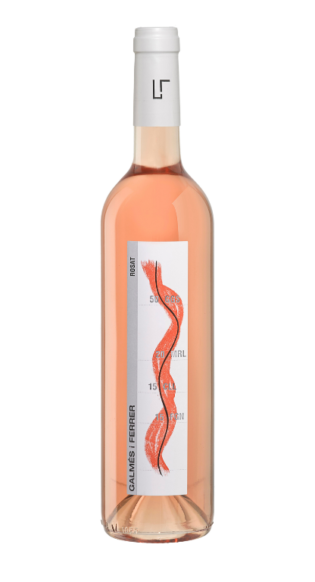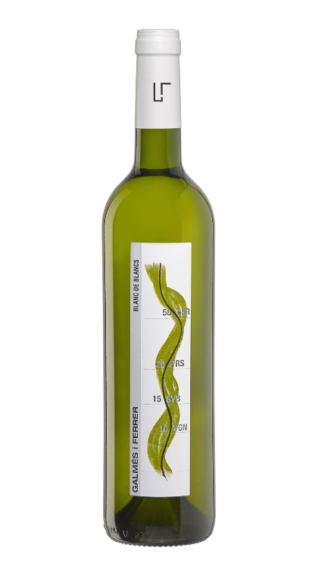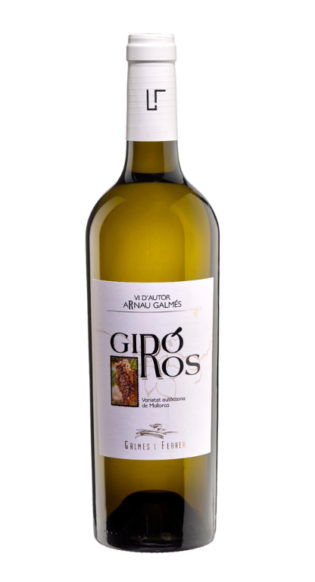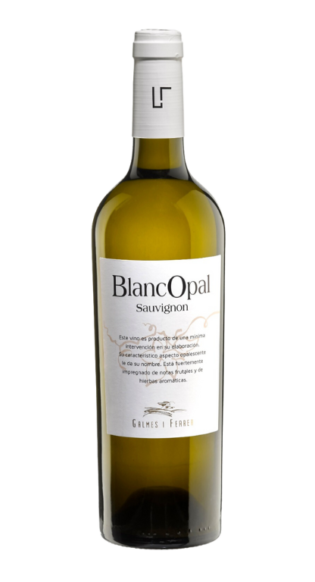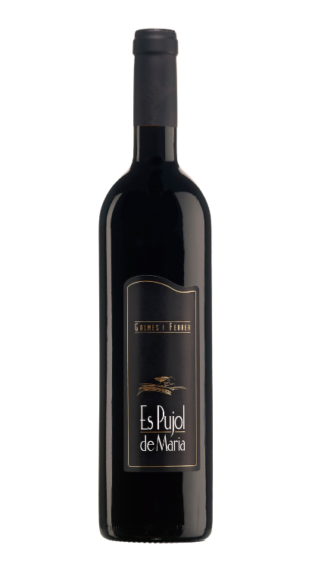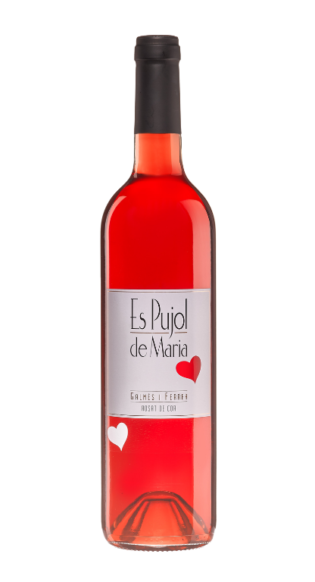A new winery, the book of the Academia cata de gourmets, Perico Gual and Angel Zuasti.
A n e w w i n e r y , t h e b o o k o f t h e A c a d e m i a c a t a d e g o u r m e t s , P e r i c o G u a l a n d A n g e l Z u a s t i .
Guillermo Galmés of Petra, and in Petra, elaborated rancid wines, mistelas, “vi sec”, that so well suits stews, and “vi de misa”, of much fame. He sold them in bulk and they were called Can Mec wines. This man gave birth to a son and this son – the great illusion of the parents -, who is now 25 years old, has become a winemaker in Requena, and has graduated from the Roviri i Virgili University in Tarragona. Guillermo Galmés is beside himself with joy. And everything went smoothly.
At the beginning we must say that in 1970 the construction of a winery was started at 26 Barracar Alt street. It is said that they have a very beautiful cellar. We do not know him.
Now, with the incorporation of the son Arnau, reforms have been undertaken, towards the most modern techniques, and the journey of elaborating quality wines and bottling them has begun. In short, we can say that Mallorca has born the new Bodega Galmés i Ferrer. Needless to say, both father and son were filled with logical satisfaction.
In a few days this new winery will present its first wines at the Vinoteca de Juan Luis, in Plaza Virgen de Lluc. Today we reproduce the label of one of these wines. We are confident that the young Arnau Galmés, with the help of his father’s experience, which is a lot, will contribute to continue raising the prestige of our wines.
THE BOOK PUBLISHED by the Academia de la Cuina i El Vi de Mallorca has been a critical and sales success. So much so that in a commentary in a specialized magazine published in Madrid, noting that the book is edited in the vernacular language, he adds that this detail is easily overcome, and without great effort. Which, in the madriles, is proof of very good will.
IN THE annual GOURMETS TASTING, in which they chose the Best Spanish Wines of 1993, four Mallorcan wines have obtained a good place. It goes without saying that this list includes some really great wines. And quite expensive. The selected wines are two Crianza reds from Bodegas Herederos de Ribas, the 89 and the 90. Both wines are rated 7.5.
The other two classified wines are from Bodegas José L. Ferrer, a Reserva 87, with an 8 rating, and the Gran Reserva 84, with a 7.5. These wines have surpassed the bar that this magazine has lately raised.
GOOD GOURMET Perico Gual was taken at his word when he said that his potatoes with chorizo could be compared to those of Rioja. With the Amics dels Vins, in Cas Cos, in front of the natural expectation, Perico proved that he was right. He presented some very good potatoes. Perico is very fond of the kitchen and enjoys everyone’s trust. This year, the Escuela Profesional Fray Junípero Serra, will present several students have been taught and prepared by our friend Ángel Zuasti, winemaker of Bodegas Suau.

On occasion, the winemaker may decide to leave them in if the grapes themselves contain less tannin than desired. This is more acceptable if the stems have ‘ripened’ and started to turn brown. If increased skin extraction is desired, a winemaker might choose to crush the grapes after destemming.
Wine is one of the most civilized things in the world and one of the most natural things of the world that has been brought to the greatest perfection, and it offers a greater range for enjoyment and appreciation than, possibly, any other purely sensory thing.
Ernest Hemingway Tweet
Removal of stems first means no stem tannin can be extracted. In these cases the grapes pass between two rollers which squeeze the grapes enough to separate the skin and pulp, but not so much as to cause excessive shearing or tearing of the skin tissues. In some cases, notably with “delicate” red varietals such as Pinot noir or Syrah, all or part of the grapes might be left uncrushed (called “whole berry”) to encourage the retention of fruity aromas through partial carbonic maceration.
The Grapes
The quality of the grapes determines the quality of the wine more than any other factor. Grape quality is affected by variety as well as weather during the growing season, soil minerals and acidity, time of harvest, and pruning method. The combination of these effects is often referred to as the grape’s terroir.
Grapes are usually harvested from the vineyard from early September until early November in the northern hemisphere, and mid February until early March in the southern hemisphere.
In some cool areas in the southern hemisphere, for example Tasmania, harvesting extends into May. The most common species of wine grape is Vitis Vinifera, which includes nearly all varieties of European origin. The most common species of wine grape is Vitis Vinifera, which includes nearly all varieties of European origin.

Manual harvesting is the hand-picking of grape clusters from the grapevines. In the United States, some grapes are picked into one- or two-ton bins for transport back to the winery. Manual harvesting has the advantage of using knowledgeable labor to not only pick the ripe clusters but also to leave behind the clusters that are not ripe or contain bunch rot or other defects. This can be an effective first line of defense to prevent inferior quality fruit from contaminating a lot or tank of wine.
Destemming is the process of separating stems from the grapes. Depending on the winemaking procedure, this process may be undertaken before crushing with the purpose of lowering the development of tannins and vegetal flavors in the resulting wine. Single berry harvesting, as is done with some German Trockenbeerenauslese, avoids this step altogether with the grapes being individually selected.
Crushing is the process when gently squeezing the berries and breaking the skins to start to liberate the contents of the berries. Destemming is the process of removing the grapes from the rachis (the stem which holds the grapes).
In traditional and smaller-scale wine making, the harvested grapes are sometimes crushed by trampling them barefoot or by the use of inexpensive small scale crushers. These can also destem at the same time. However, in larger wineries, a mechanical crusher/destemmer is used. The decision about destemming is different for red and white wine making. Generally when making white wine the fruit is only crushed, the stems are then placed in the press with the berries. The presence of stems in the mix facilitates pressing by allowing juice to flow past flattened skins.

